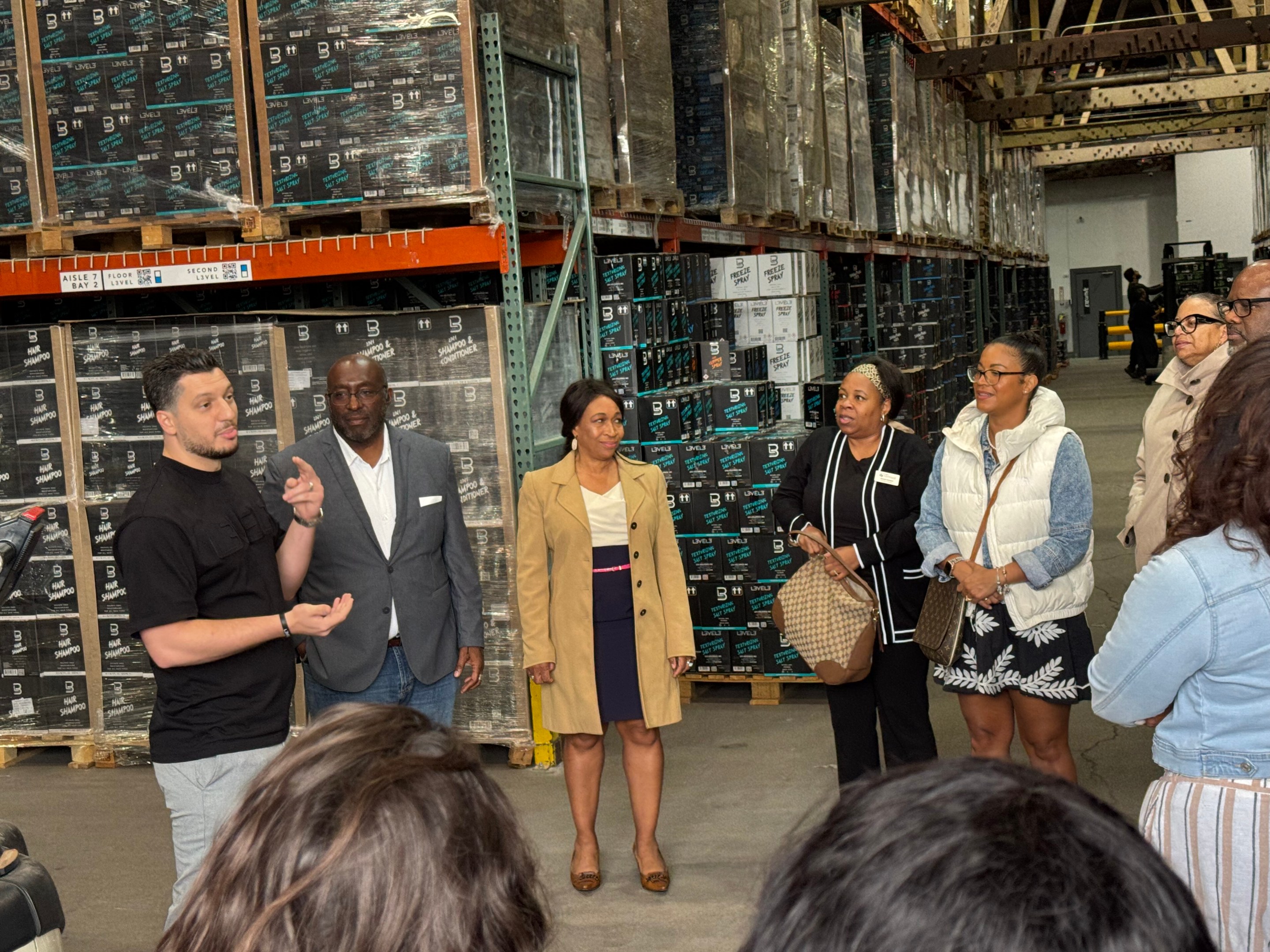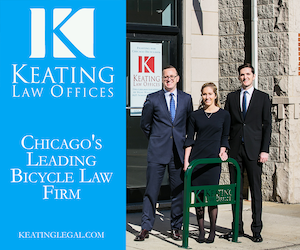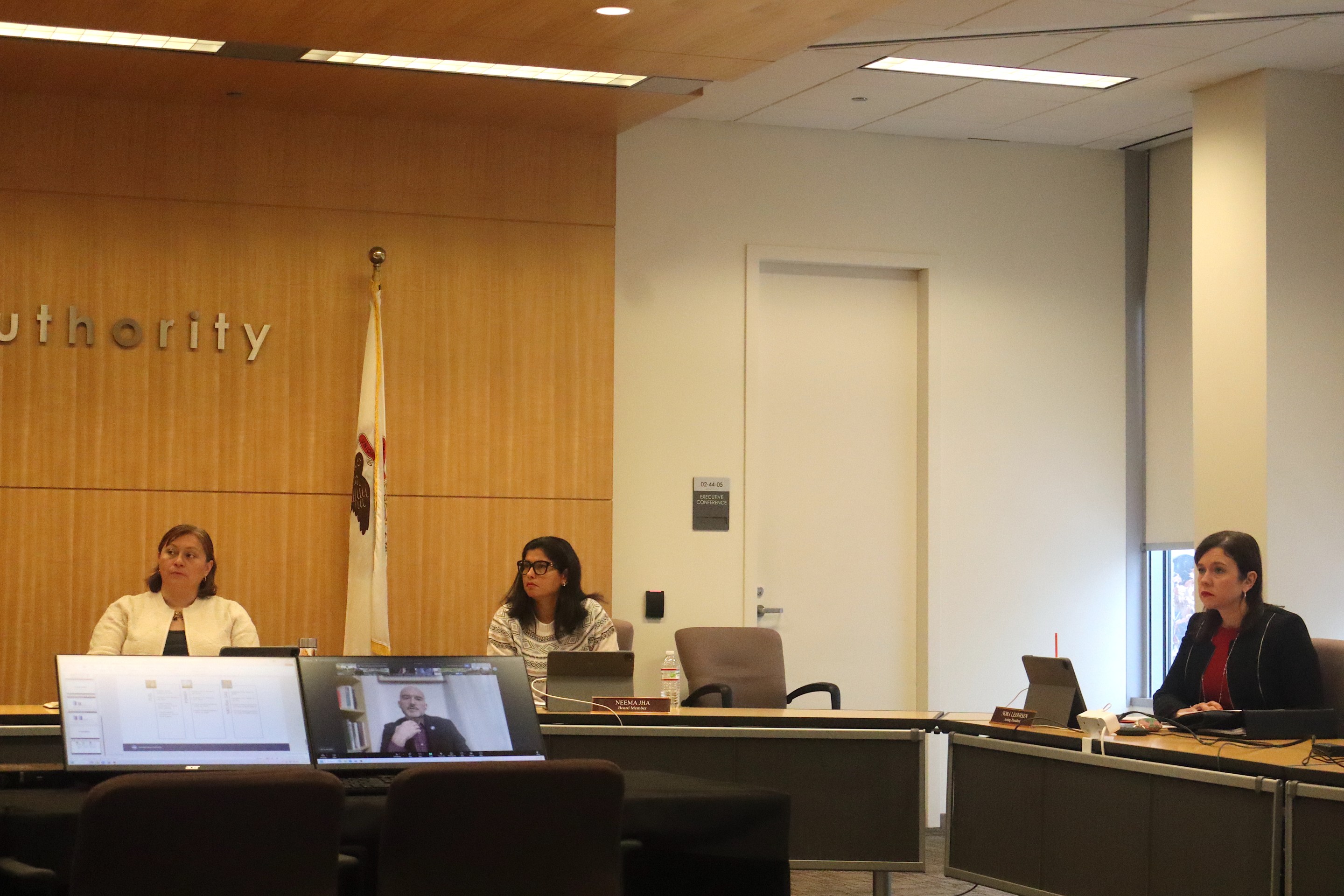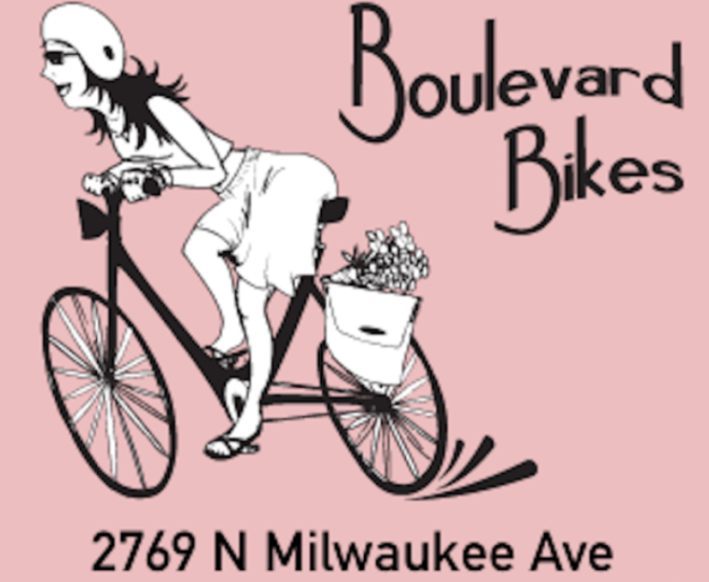
The Southland Development Authority describes itself as "a non-profit business organization designed to grow the economy of the south suburbs." It helps the 45 cities and villages the area with a range of initiatives, including workforce development, building development, and business promotion. One of its projects is semi-regular bus tours that give residents, stakeholders, and elected officials an overview of SDA's work. Streetsblog Chicago sat down with SDA CEO Bo Kemp to discuss tours, what the organization has learned from these trips, and which initiatives he’s currently excited about. This interview has been edited for clarity and brevity.
Cameron Bolton: Why did you create the SDA bus tours?
Bo Kemp: The bus tours are a really important way of helping people to see with their own eyes, a couple of really important things. One, we use the tours to help people see how close the south suburbs are to downtown Chicago. So we literally pick some people up in Chicago. We pick up some people in the south suburbs, but we drive them around to about 15 to 17 different communities so they can see how easy it is to get back and forth downtown. They get a chance to see how diverse the communities are in the south suburbs, and what the opportunities are. And it's a lot easier for people to understand the growth potential when they can see it for themselves.

The other reason we do the bus tour is that the Southland Development Authority does so many activities that it's often very difficult to explain them to people. But when they physically go out and see companies we've worked with for over four years growing individual houses we've bought and redeveloped, now with people living in them. They see the areas where we're building manufacturing plants, it just makes it much more tangible for them to understand what we do and how all of those elements work together.
CB: Is there anything else that you've learned from the tours that relates to transit?
BK: With regards to transit, transit is critically important to the growth of the Southland for lots of different reasons, but we have a vision to develop 10,000 new units of housing in the south suburbs, a thousand of which the Southland Development Authority wants to build ourselves. And we are intentionally looking to build as many of those thousand new units of housing for families in proximity to public transit [as possible]. Creating density around public transit sites not only facilitates people living and working in the Southland or in the Chicago proper area without a car, which is important.
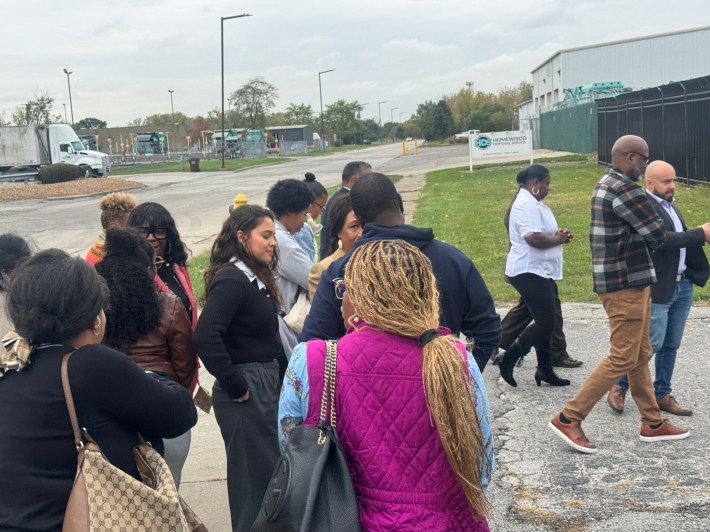
It also enables lower-income people to get to and from work, and the density around transit-oriented developments helps us attract retail needed in many of our south suburban communities. And in doing that, we can reduce what they call retail leakage. That means people are taking their money and buying products outside the city, because there isn't a city. There isn't a coffee shop in proximity to where they live. There isn't a grocery store and so forth.
As we create density around these transit hubs, we actually have enough traffic to attract the companies that are providing the products and services that people need within their city. And that, in turn, also helps us bring jobs. So, transit-oriented development and building single-family, multi-family homes in proximity to transit hubs, facilitates many of the important issues for growth in the south suburbs.
CB: What are you most excited about regarding that new development?
BK: I'm probably most excited by the idea that, as we are building housing in conjunction with or next to trains or transit-oriented development, we can employ new, smaller businesses that otherwise wouldn't get an opportunity. A lot of them are new businesses, local businesses, female- and minority-owned businesses, and veteran-owned businesses. And so we can leverage our efforts to build a thousand houses not only to support families, but also to support new and up-and-coming businesses. And I love the idea that we can get multiple benefits from the same investment.
CB: You'll be holding these tours through 2026. Do you have a schedule in days and times yet?
BK: We don't have any other scheduled tours for this calendar year. We typically, during the winter and early spring, don't do a lot of the tours, because we try to get people on and off the bus, and so there's mud and all that other stuff. I'm anticipating that we'll actually do another tour in late March of next year. If we're going to do another tour [this year], it would be the last week of November or the first week of December.

On November 12, SBC launched our 2026 fund drive to raise $50K through ad sales and donations. That will complete next year's budget, at a time when it's tough to find grant money. Big thanks to all the readers who have chipped in so far to help keep this site rolling all next year! Currently, we're at $1900, with $48,100 to go, ideally by the end of February.
If you value our livable streets reporting and advocacy, please consider making a tax-exempt end-of-year gift here. If you can afford a contribution of $100 or more, think of it as a subscription. That will help keep the site paywall-free for people on tighter budgets, as well as decision-makers. Thanks for your support!
– John Greenfield, editor
